(ECNS) -- The International Electrotechnical Commission (IEC) has released its global standard for elderly care robots intended for use in the active assisted living (AAL) connected home environment on Jan. 17.
This standard, titled “IEC 63310: Functional performance criteria for AAL robots used in connected home environment”, provides a benchmark for the design, manufacturing, testing, and certification of elderly care robots, aiming to guide the global industry toward healthy development.

Based on the level of assistance required by elderly users, the standard classifies elderly care robots by function and performance.
Apart from usability, reliability, accessibility, energy consumption, and noise levels, the standard specifies technical requirements for key functions, which include health monitoring and emergency detection, communication support with family and medical personnel, assistance with household tasks, and entertainment, as well as mobility support for walking and outdoor activities.
According to data from the World Health Organization, the global population of people aged 60 and above is expected to reach 2.1 billion by 2050, including 426 million individuals over the age of 80.
As people age, the elderly population will experience varying degrees of functional decline or even disability in perception, physical strength, cognition, and more.
The emergence of elderly care robots can not only ease the caregiving burden on society and families but also support elderly individuals in living independently at home with dignity and a high quality of life.
The release of this standard will guide manufacturers of elderly care robots to focus on the physiological and psychological characteristics as well as needs of the elderly, and help them better adapt to social life. The implementation of this standard will pave the way for a new track in the elderly care robot industry.









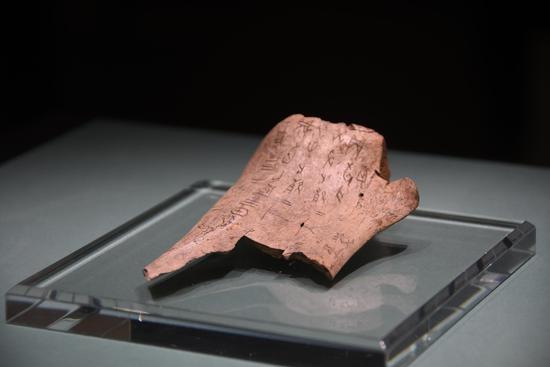








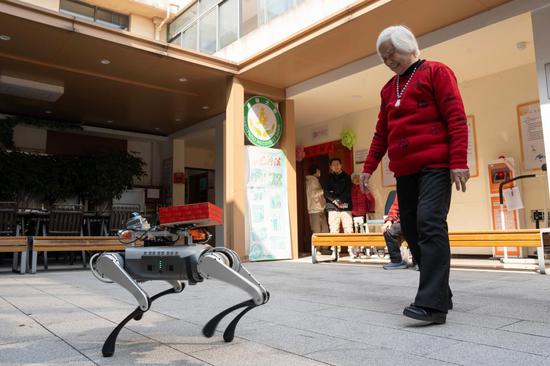









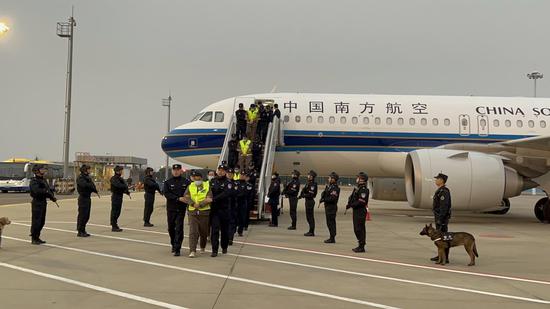



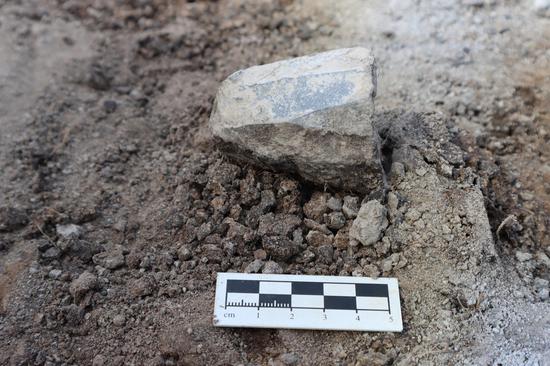


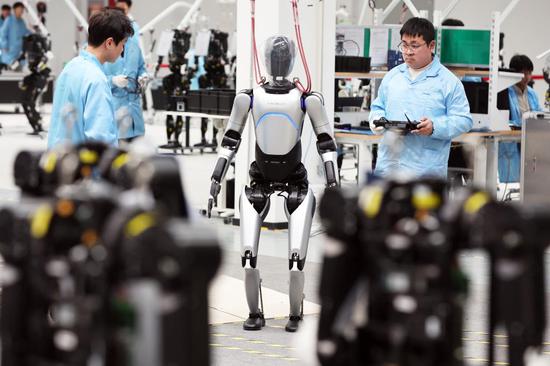
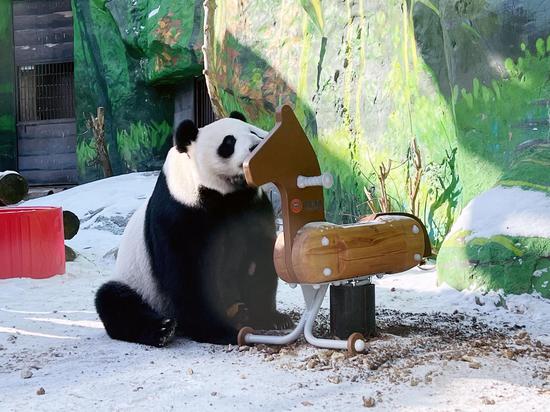













 京公网安备 11010202009201号
京公网安备 11010202009201号